Key Takeaways
- Wasps can sting when threatened and pose allergy risks.
- DIY traps lure wasps away using household items.
- Fake nests deter wasps by exploiting their territorial nature.
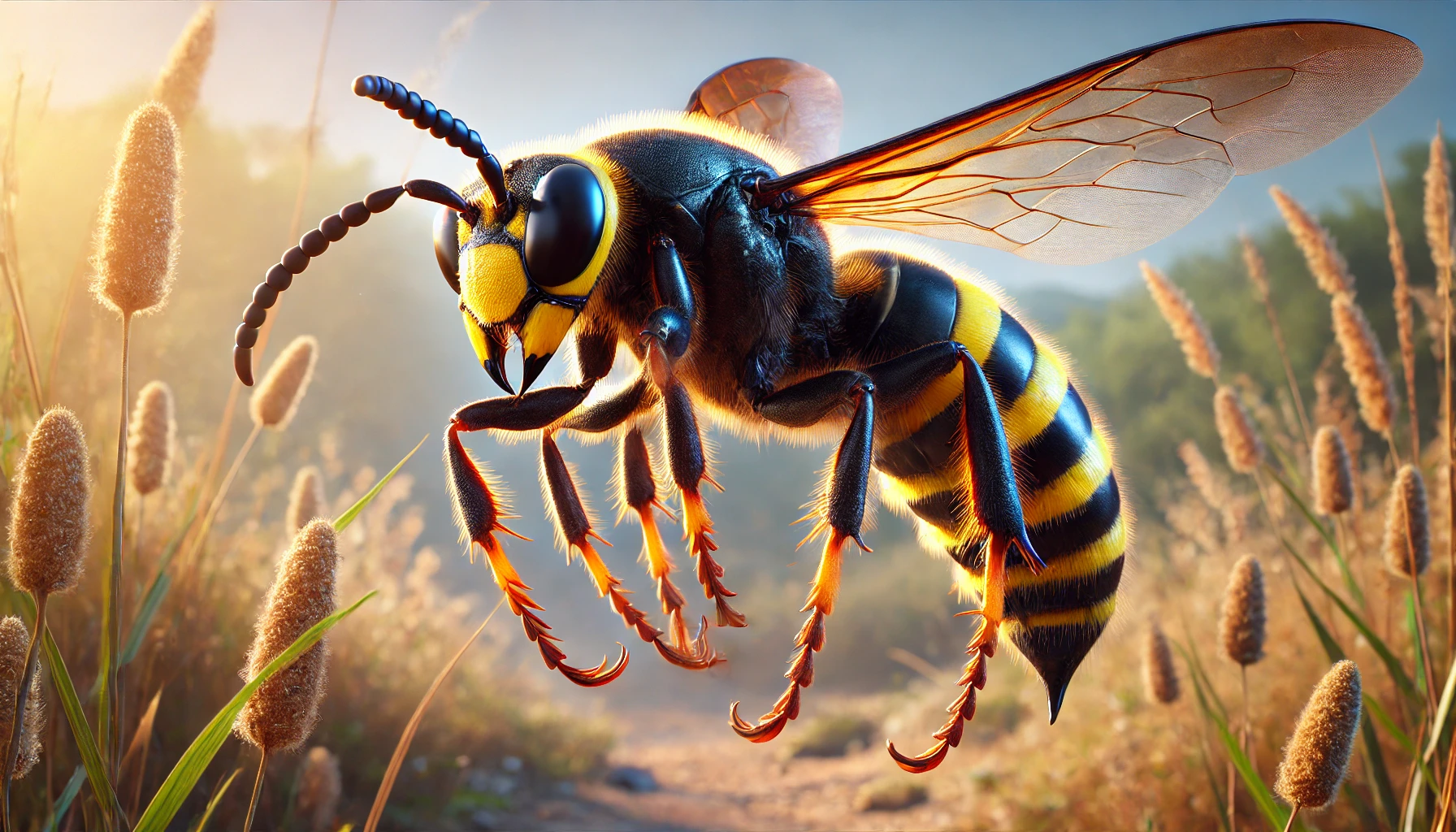 Wasps can be a significant nuisance, especially during warmer months when they become more active around homes and gardens. While they play a crucial role in nature by preying on other insects, their aggressive behaviour and tendency to sting can make them unwelcome guests. If you’ve been dealing with wasps near your home, creating a DIY wasp trap can be a practical and cost-effective solution.
In this guide, we will walk you through various methods to catch a wasp, including how to make a wasp trap and even how to make a fake wasp nest as a natural deterrent.
Wasps can be a significant nuisance, especially during warmer months when they become more active around homes and gardens. While they play a crucial role in nature by preying on other insects, their aggressive behaviour and tendency to sting can make them unwelcome guests. If you’ve been dealing with wasps near your home, creating a DIY wasp trap can be a practical and cost-effective solution.
In this guide, we will walk you through various methods to catch a wasp, including how to make a wasp trap and even how to make a fake wasp nest as a natural deterrent.
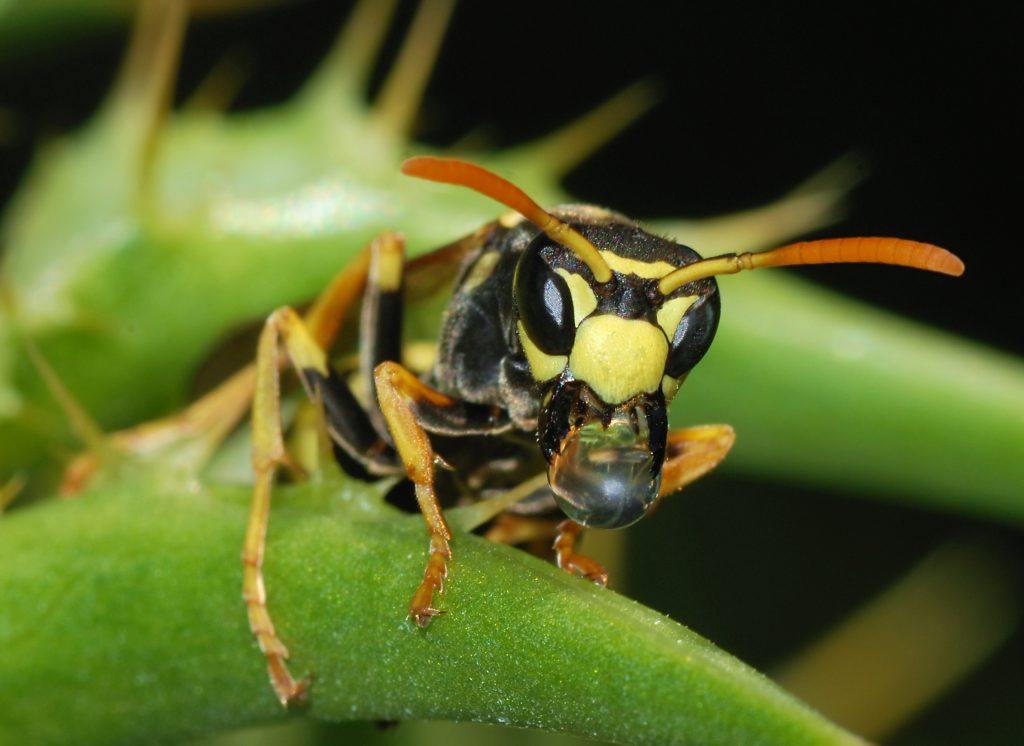

Not getting a solution?
Get your free pest control estimate today!Understanding the Wasp Problem
Before jumping into how to make a wasp trap, it’s essential to understand why wasps become problematic. Wasps are beneficial in many ways, as they help control the population of other pests. However, when they set up nests near homes, especially near outdoor dining areas or trash bins, they become a hazard. Wasps are usually attracted to sugary foods and drinks, and their ability to sting multiple times makes them particularly dangerous compared to bees. Controlling wasp activity around your home is vital to ensure the safety of both people and pets.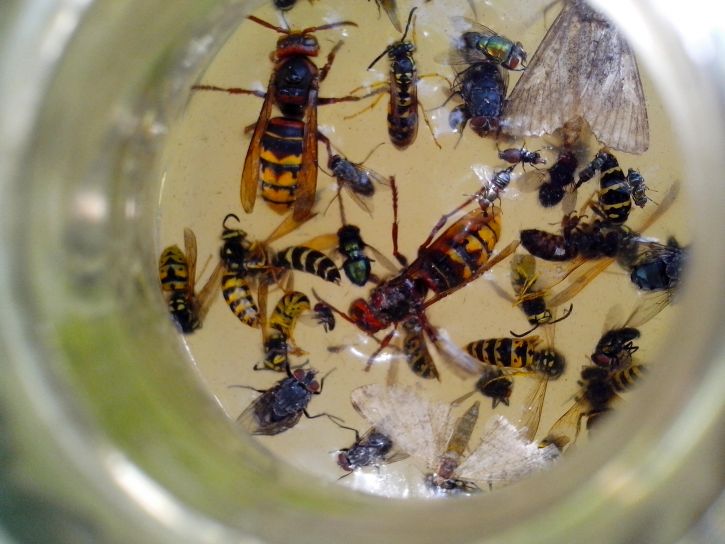
How to Make a Wasp Trap
DIY Wasp Trap Using a Plastic Bottle
A DIY wasp trap is easy to make and effective in controlling wasp populations around your home. Using a simple plastic bottle and a sugary bait, you can lure wasps away from common areas and prevent potential stings.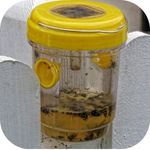
INGREDIENTS
-
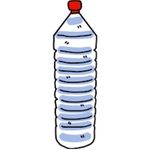 1 or 2-liter Plastic Bottle
1 or 2-liter Plastic Bottle
-
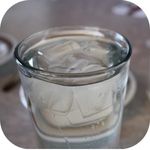 Sweet Liquid (sugar water, soda, or fruit juice)
Sweet Liquid (sugar water, soda, or fruit juice)
-
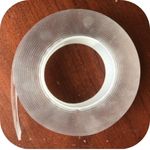 Tape, String, or Staples
Tape, String, or Staples
INSTRUCTIONS
1. Cut the Bottle
- Cut off the top third of the plastic bottle using scissors or a sharp knife. Invert the top portion and place it into the bottom part to create a funnel shape.
2. Add the Bait
- Pour a sweet liquid such as sugar water, soda, or fruit juice into the bottom section of the bottle. This will lure the wasps inside.
3. Secure the Trap
- Use tape, string, or staples to hold the two bottle parts securely together so wasps cannot escape once inside.
4. Place or Hang the Trap
- Position the trap in areas where wasps are active, such as near trees or shrubs. Avoid placing it near seating or eating areas.
SAFETY TIPS
-
Keep Away from People: Place the trap away from human activity to avoid stings.
-
Check Regularly: Monitor the trap and replace the bait as needed to maintain effectiveness.
Note
Hang the trap away from common gathering spots to reduce the risk of stings.How to Catch a Wasp Safely
If you find a single wasp inside your home or a small space, creating a large trap may not be necessary. Instead, a simple method to catch the wasp safely can be more effective.- First, grab a glass or a jar and carefully cover the wasp with it while it rests on a surface.
- Then, gently slide a piece of paper underneath the glass, trapping the wasp inside.
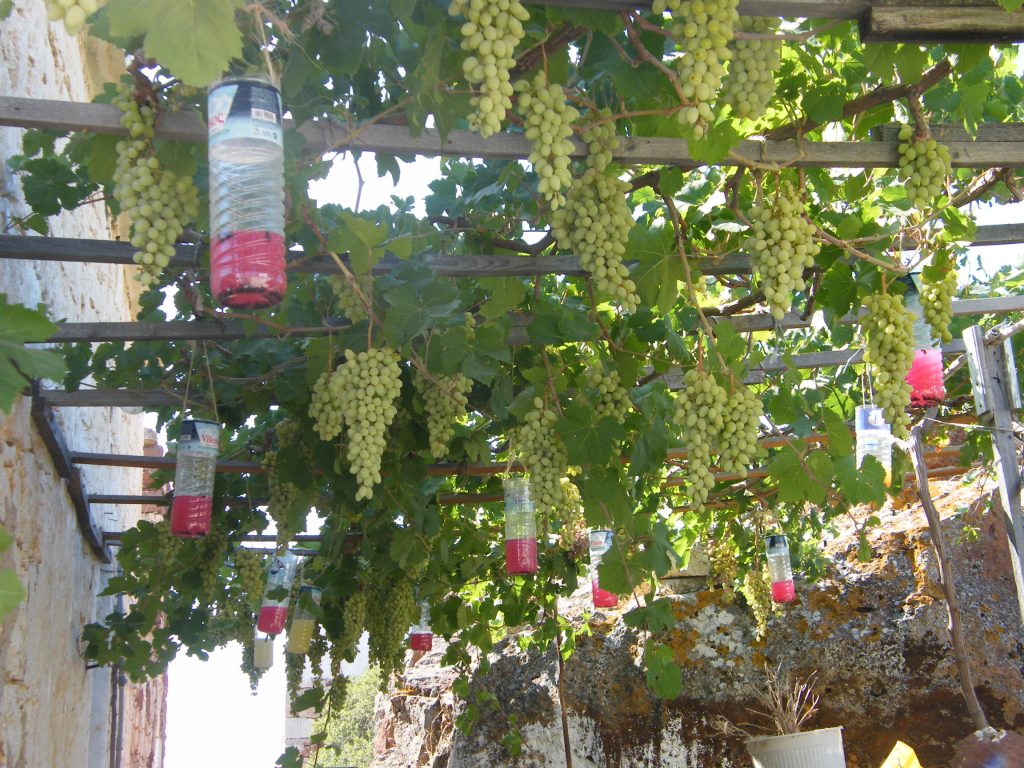
How to Make a Fake Wasp Nest
For those looking to prevent wasps from nesting around their homes, creating a fake wasp nest can be a highly effective strategy. Wasps are territorial by nature and will avoid building a nest in areas where they believe other wasps have already established one. A fake wasp nest serves as a deterrent, fooling the wasps into thinking the area is already claimed. To make a fake wasp nest, you can use a brown paper bag or a fabric bag. Start by filling the bag with crumpled newspaper or other stuffing materials to create a round, nest-like shape. Once filled, tie the top of the bag securely with string or wire to keep the stuffing in place. The final step is to hang the fake nest in areas where wasps are likely to build a real nest, such as under the eaves of your home or in trees around your yard. This method doesn’t harm wasps but effectively keeps them at bay. You won’t need to deal with the risk of wasps nesting in your yard or near your home.Tips for Effective Wasp Trapping
Successfully managing wasp activity with a trap depends largely on proper placement and maintenance. Position the trap in areas where you’ve seen wasps frequenting, but keep it at a safe distance from high-traffic areas to avoid any accidental encounters. During peak wasp season, particularly in hot weather, it’s important to change the bait regularly. The sugary liquids used in traps can ferment quickly, reducing the trap’s effectiveness. Keeping the bait fresh ensures that wasps continue to be attracted to the trap. Additionally, the type of bait you use can vary depending on the time of year. Wasps are typically more attracted to sugary foods later in the summer, but in the early months, they may prefer protein-based bait such as small pieces of raw meat. Understanding their dietary preferences can help you create a more effective trap.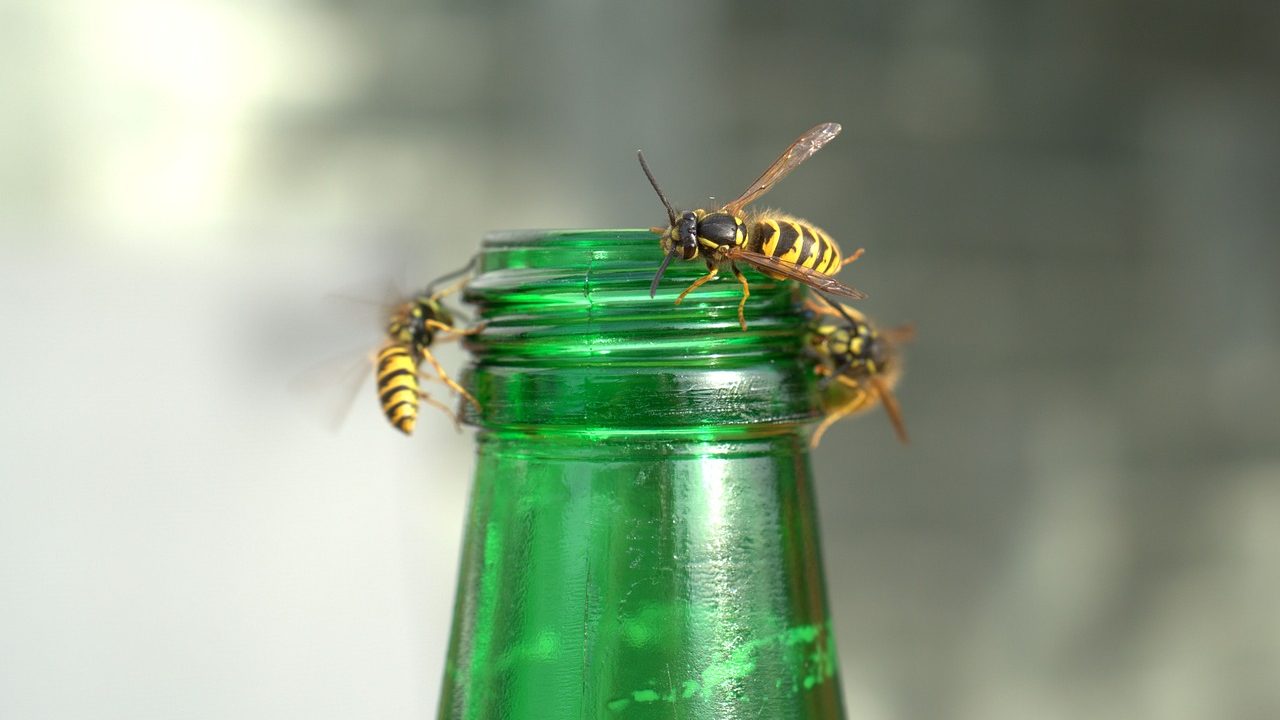
Prevention Methods to Reduce Wasp Activity
Preventing wasps from becoming a problem around your home involves more than just setting traps. Simple actions like sealing garbage bins tightly can make a huge difference, as food waste attracts wasps. Additionally, when eating outdoors, be sure to cover food and drinks to avoid drawing wasps to your table. Another prevention tip is to ensure compost bins are covered, as decomposing food can serve as an attractive food source for these insects. A key part of prevention is also early detection. If you notice a wasp nest forming in your yard, taking action quickly can prevent it from becoming a larger problem. Removing small nests early on is easier and safer than dealing with a fully formed colony later in the season. If you feel things have gone out of control, it is advised to contact pest control professionals. Our team can provide a customized approach to protect your home effectively.Visit our Species, Control, and DIY Guide sections for additional resources on wasps and ways to tackle a wasp infestation.





